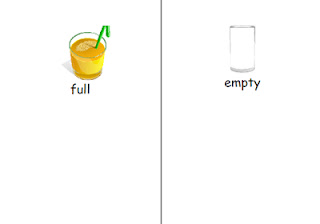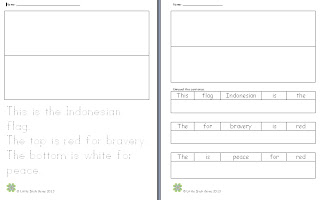|
Page
|
Subject
|
|
Objective
|
|
|
English
|
|
Listen to, enjoy and respond to
stories, nursery rhymes, poems and songs
Develop a sense of rhythm and
rhyme
|
|
14,
15, 16, 17
|
|
Engage in shared reading
activities
Learn to isolate the
part of a word or a syllable which allows it to rhyme with another word or syllable
|
|
|
3, 4,
5, 13, 18
|
Writing: developing
competence, confidence and the ability to write independently
|
Copy letters and words
informally as part of class activities
|
|
|
|
|
Oral language: developing
emotional and imaginative life through oral language
|
Listen to, learn and retell a
rich variety of stories, rhymes and songs
|
|
19
|
Writing: developing emotional
and imaginative life through writing
|
Hear a rich variety of stories,
rhymes and songs and draw and write about them
|
|
|
6, 7
|
Maths
|
Matching
|
Match equivalent and
non-equivalent sets using one-to-one correspondence
|
|
8, 9,
20
|
Counting
|
Count the number of
objects in a set, 1-10
|
|
|
11
|
Extending pattern
|
Identify, copy and
extend patterns in colour, shape and size using a range of objects, e.g.
cubes or threading beads continue the pattern, what comes next?
|
|
|
10,
21
|
Numeration
|
Read, write and
order numerals, 1 -5
Read, write and
order numerals, 5 - 10
|
|
|
24,
25
|
Comparing
|
compare sets without
counting
more than and less than. |
|
|
22
|
Analysis of number – combining
|
combine sets of
objects, totals to 10
|
|
|
23
|
Analysis of number –
partitioning
|
use the symbols +
and = to construct word sentences involving addition
|
|
|
13,
18
|
Geography
|
People at work
|
Discuss the work of
people in the home, at school, in the local community, in towns or
countryside nearby and in wider environments
|
|
12
|
|
Identify materials
used to make familiar items
|
Some sample images from the pack:






















